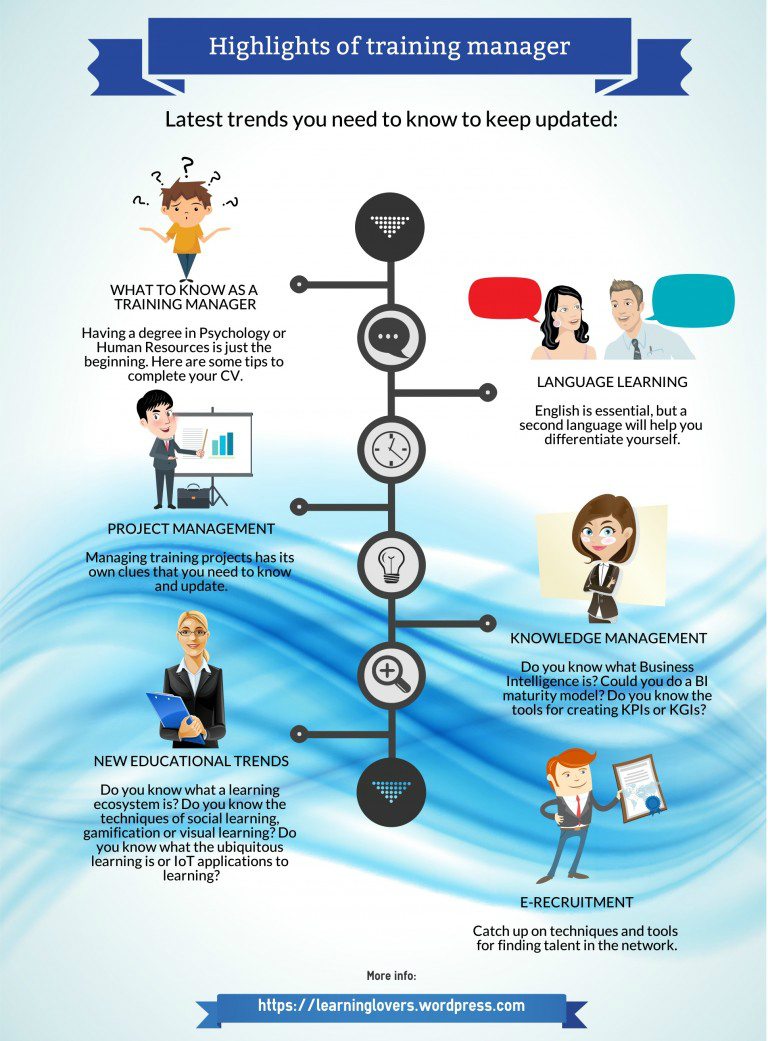February 21, 2016
5 Ways Training Cultivates Healthy And Engaged Employees
These days, it takes more than increasing salaries to cultivate healthy and engaged employees. Although the financial reward is why most of us need to work in the first place, encouraging true on-the-job motivation and enthusiasm is a slightly more complex matter.
by Ashley Casey











